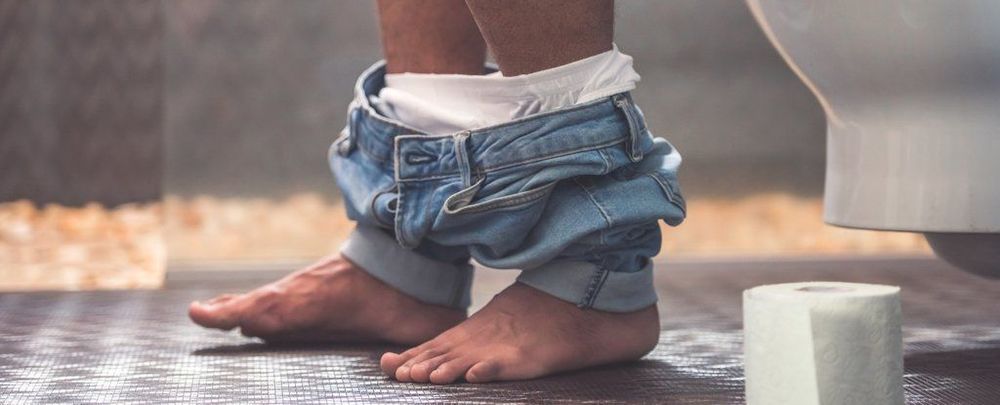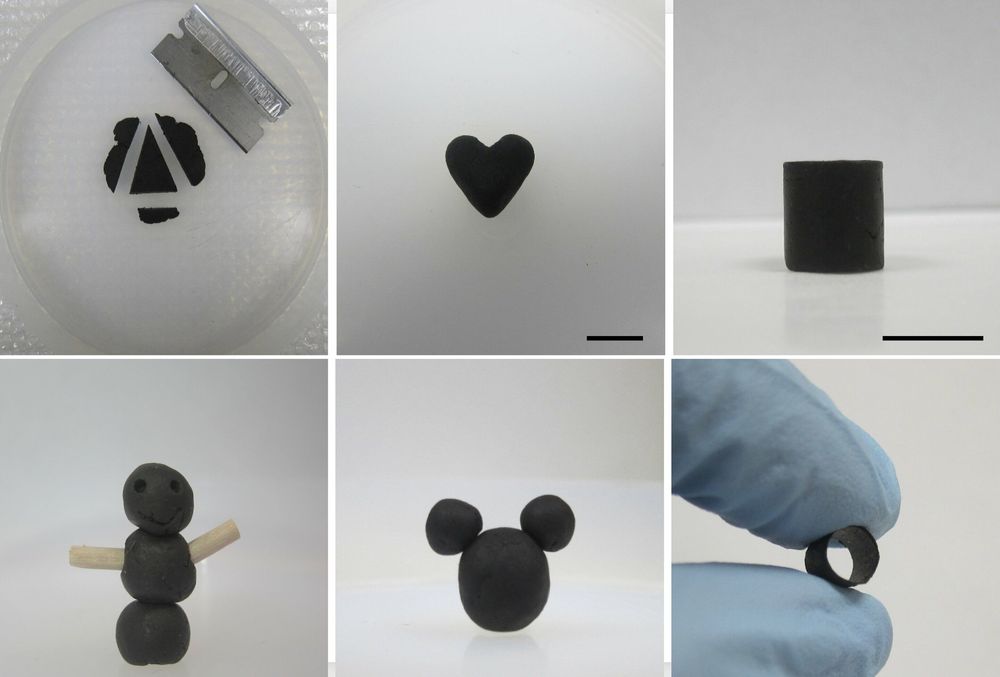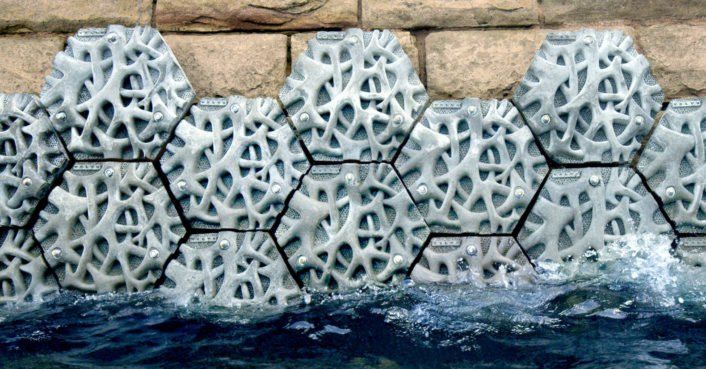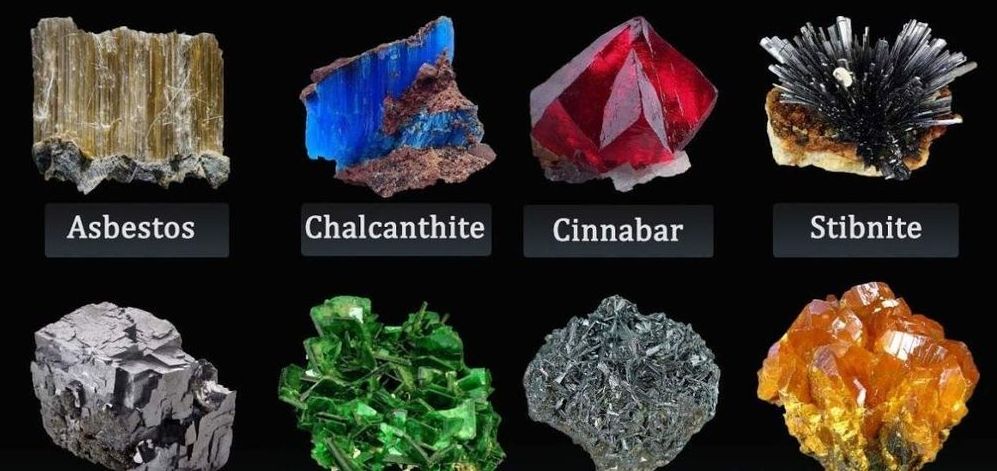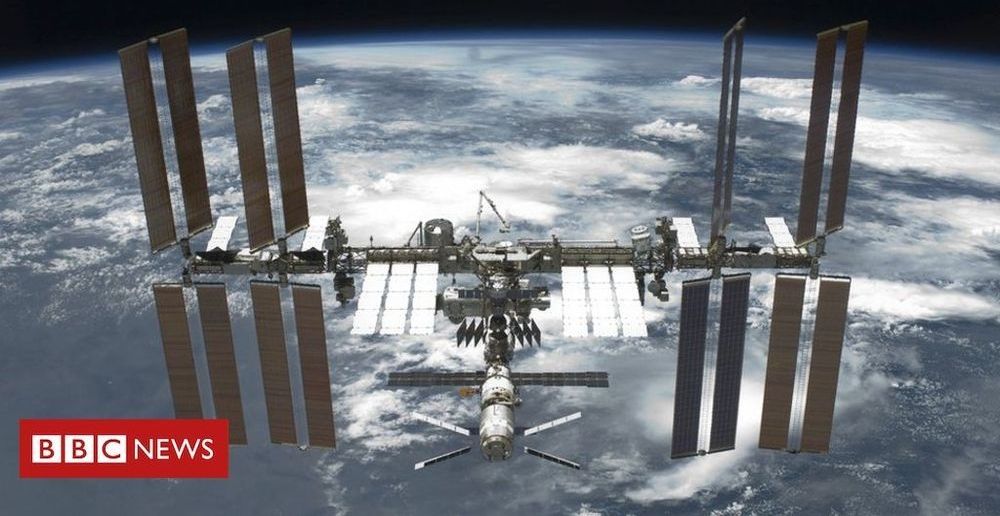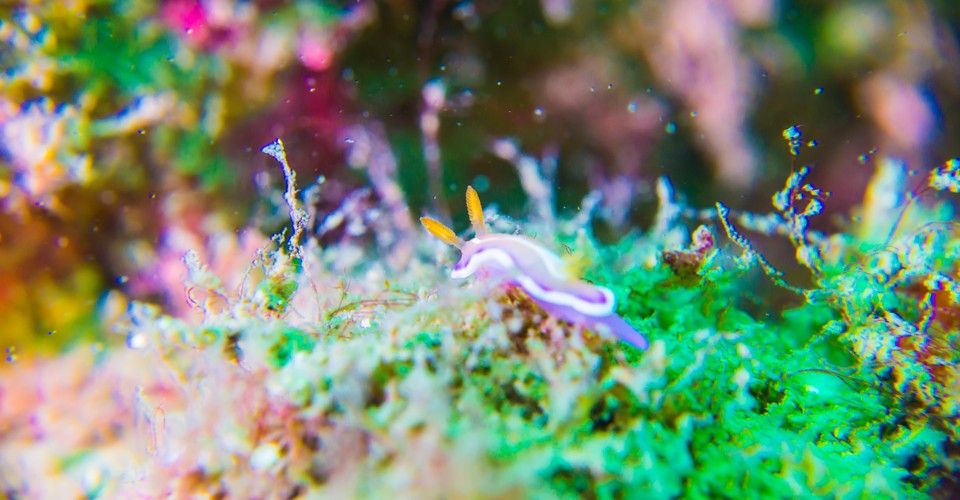I have heard the term Sh… Bricks, but never thought I would live the day to hear it literally. Waste is an issue, and a growing global population will create more waste, and it needs to be addressed. The supply of waste is endless. People who find innovatiive ways to use it as a raw material will prosper Once sewage is drained of water, treated, and dried – what the heck do you do with it? Well, some of it ends up as fertiliser, but a massive 30 percent of our poop leftovers is sent to landfill to rot, or just sits in storage. What a waste.
Especially when, according to researchers from Australia’s RMIT University, using these ‘biosolids’ in bricks could be a surprisingly effective way of repurposing all that former sludge.
